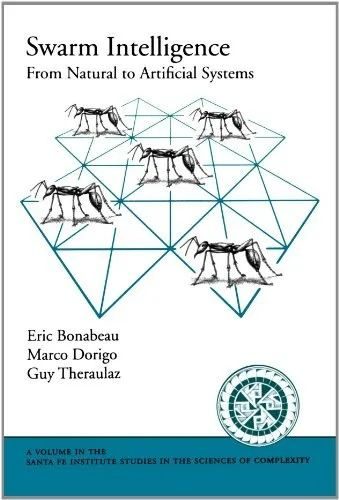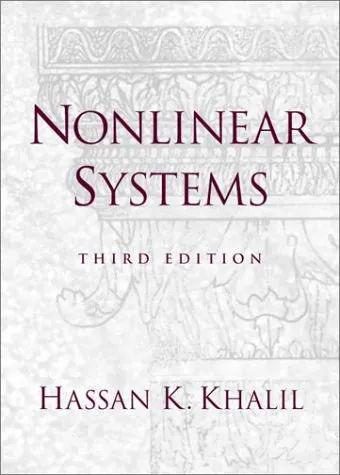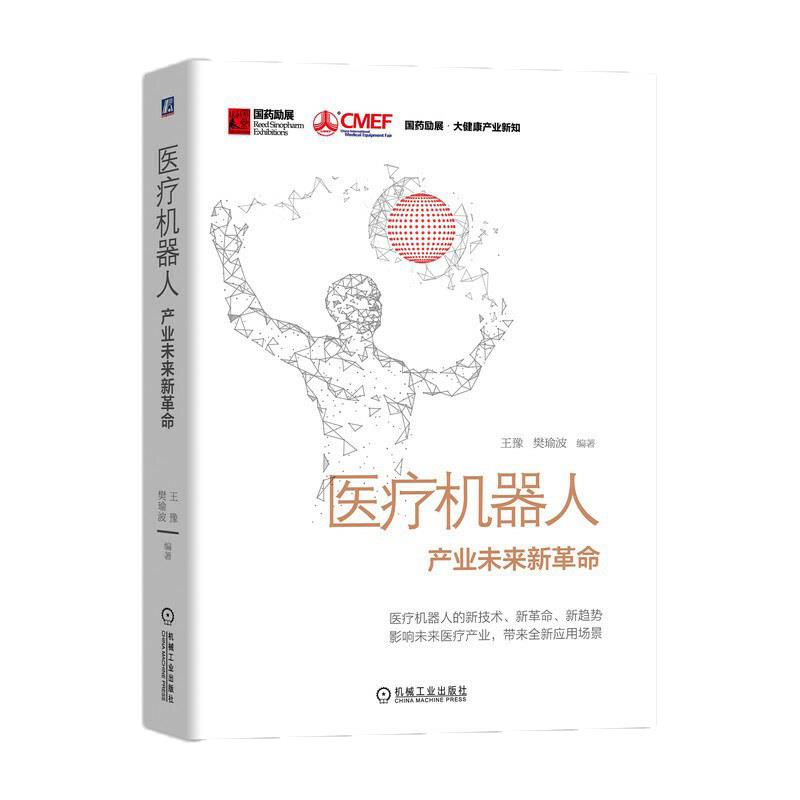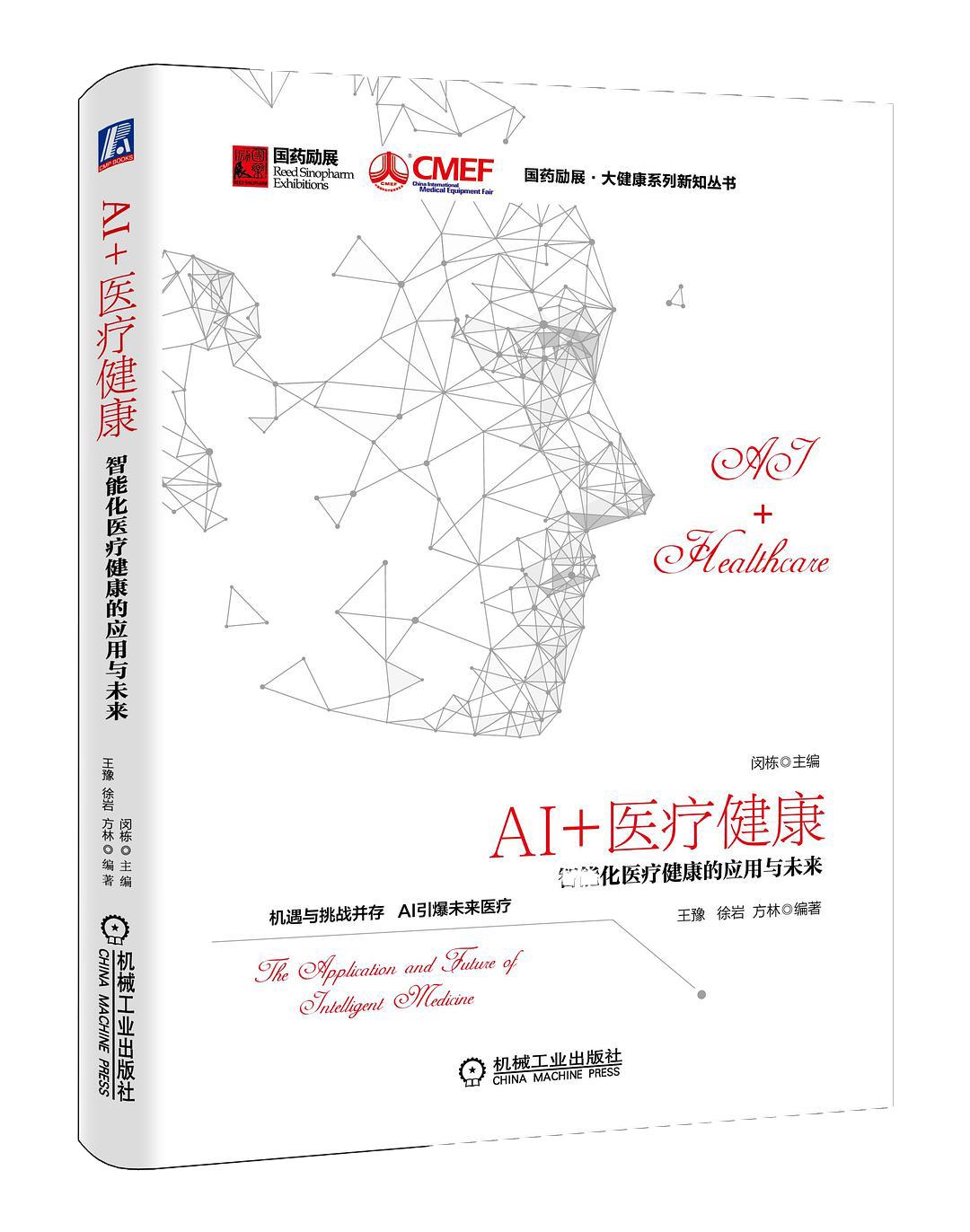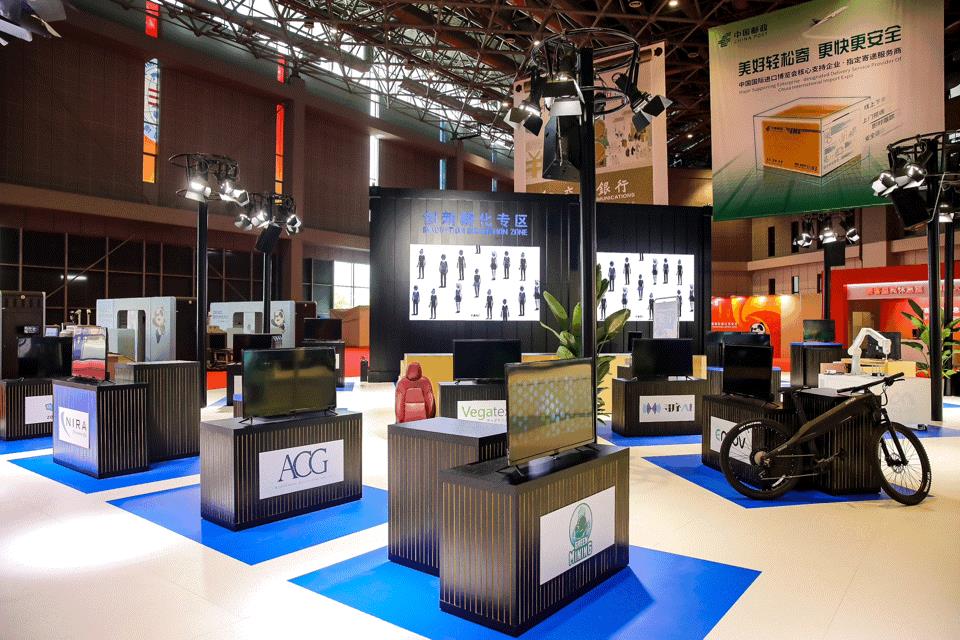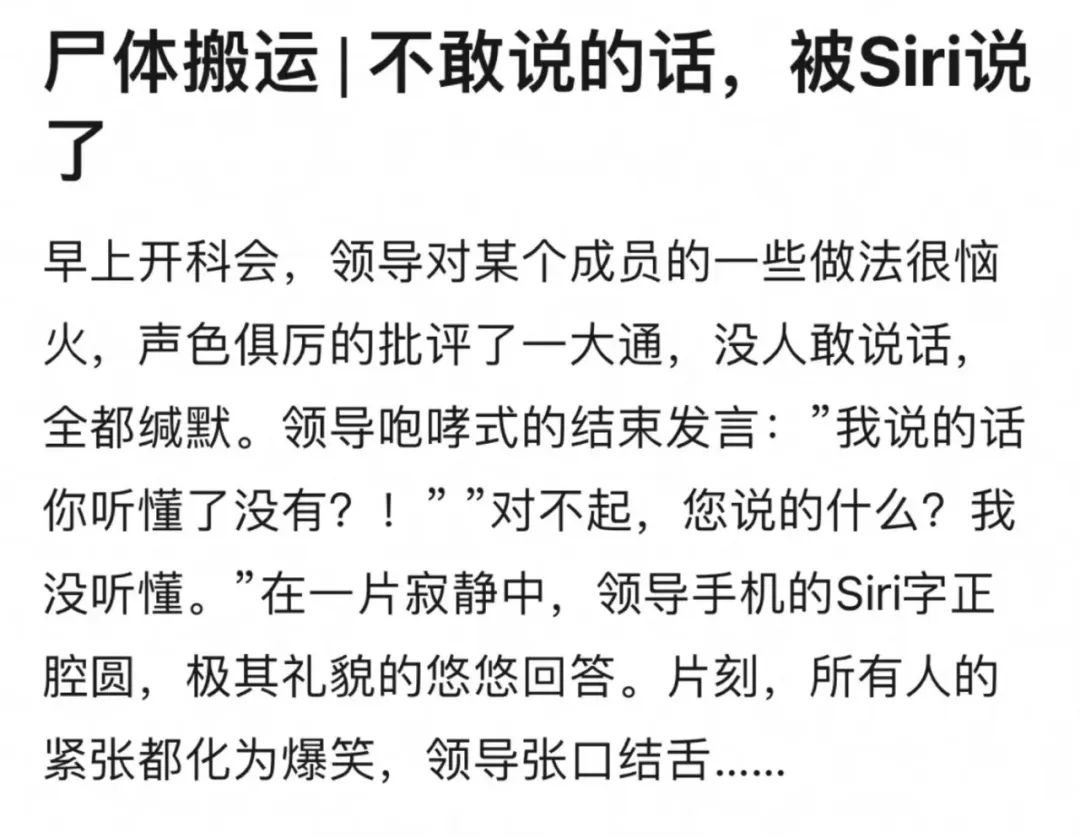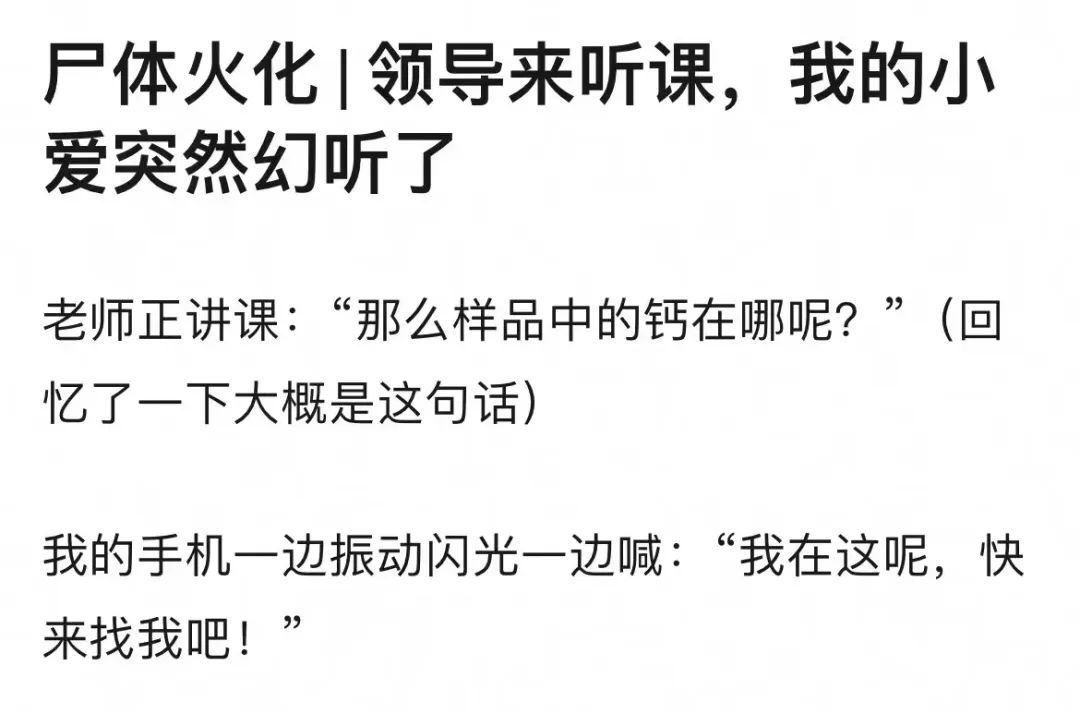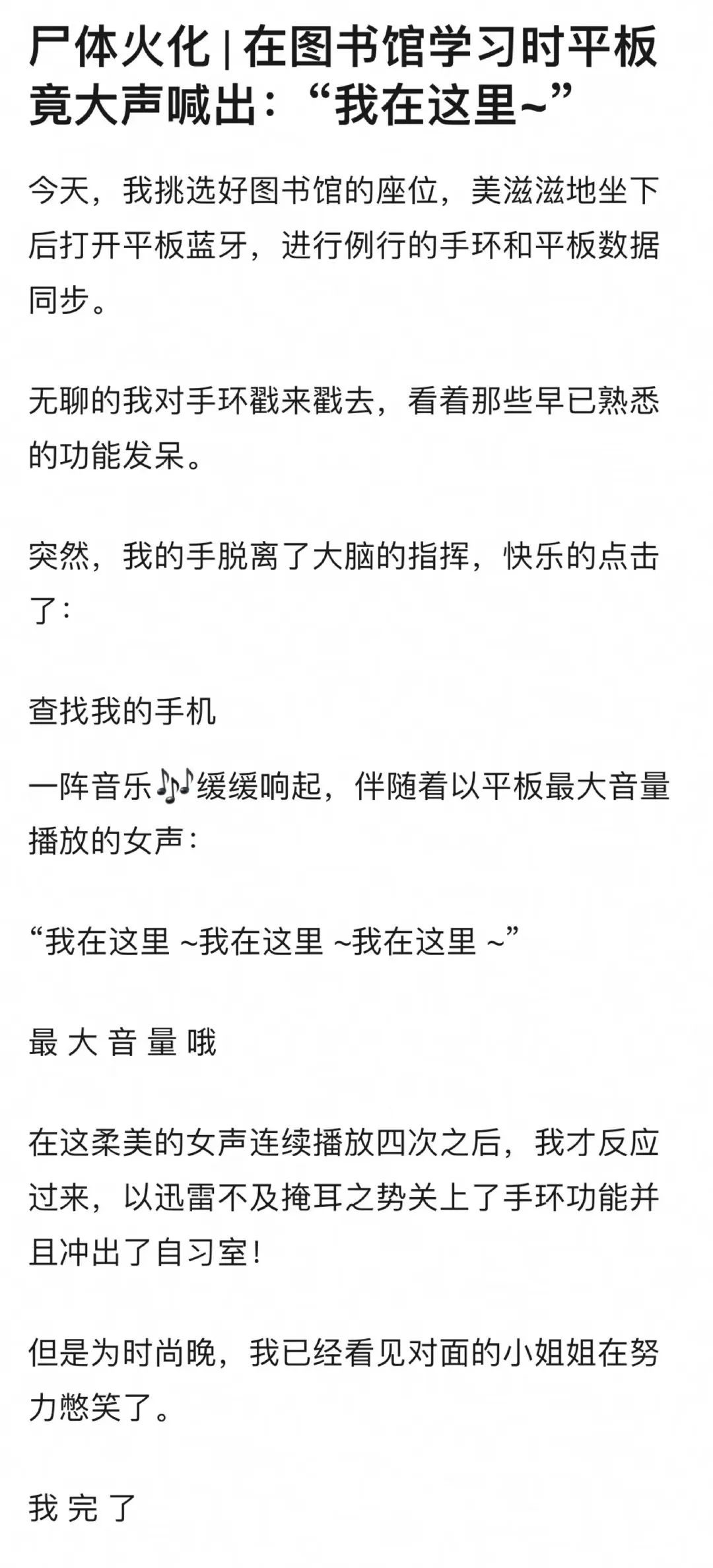Report from Zhiyuan Xin
Editor: David
[Introduction to Zhiyuan Xin] It’s getting cold, so it’s better to read more good AI books! The latest AI book list of Institute of Automation, China Academy of Sciences, recommended by many experts!
The latest bullet in the recommendation list series of artificial intelligence of Institute of Automation, Chinese Academy of Sciences has arrived!
This book list covers many fields, such as medical robots and swarm intelligence. From classic basic works to interpretation of application scenarios, it takes you to explore the frontier of intelligence.
As the saying goes, it’s easy to read when it’s cool. In the cool autumn wind, abandon the hustle and bustle, read a good book and start the journey of AI knowledge!
Presenters of this issue: Liu Hongbin, Pu Zhiqiang, Zhao Dongbin and Wang Shuangyi.
01 Modern Robotics
Author: Kevin M. Lynch, Frank C. Park
Recommended words:
A good introductory robotics book, which covers basic knowledge of robot kinematics, dynamics, trajectory planning and force control algorithm. At the same time, the mathematical formula is deduced with the help of detailed picture examples, which is easy to read and understand. Suitable for beginners, and can continue to learn and consolidate in the follow-up scientific research practice.
Recommended by: Liu Hongbin, a researcher.
02 Pattern Recognition and Machine Learning
Author: Christopher M. Bishop
Recommended words:
Learning the classical machine learning and pattern recognition methods is the basis of studying advanced artificial intelligence algorithms. This classic book on the principles of pattern recognition and machine learning explains the statistical essence of classical models from the perspective of mathematical statistics, and can be used as the foundation and tool book of machine learning theory.
Recommended by: Liu Hongbin, a researcher.
03 Swarm Intelligence: From Nature to Artificial Systems
Authors: Eric Bonabeau, Marco Dorigo, Guy Theraulaz
Recommended words:
Written by three pioneers in the field of ant colony optimization algorithm and social biological behavior simulation.
The concept of "swarm intelligence" is very extensive. This book represents the current popular perspective of bottom-up bio-heuristic swarm intelligence. It introduces the behavior characteristics and algorithm models of various social insects in detail, which is helpful to master the basic concepts of swarm intelligence and provide detailed reference for algorithm simulation.
Recommended by: Researcher Pu Zhiqiang
04 Nonlinear Systems(3rd Edition)
By Hassan K. Khalil
Recommended words:
This paper introduces in detail the basic mathematical tools related to the analysis and synthesis of nonlinear systems, including system stability analysis, frequency domain analysis, singular perturbation, etc., especially gives the stability conclusions of various systems under different conditions, such as linear time-invariant/time-varying systems, nonlinear cascade systems, disturbance systems, etc., which is a very practical reference book in the field of control and decision-making.
Recommended by: Researcher Pu Zhiqiang
05 Complex Systems and Complex Networks
Authors: He Daren, Liu Zonghua, Wang Binghong,
Recommended words:
Hawking once said, "The 21st century is the century of complex science. This book systematically introduces the basic concepts related to complex systems, especially gives many interesting cases from the perspective of physics, which is very suitable for beginners to learn. At the same time, "complex network" has a natural connection with distributed optimization, multi-agent learning, swarm intelligence and other fields, which can provide interdisciplinary perspectives for research in related fields.
Recommended by: Researcher Pu Zhiqiang
06 World Outlook
By Richard Dewit, translated by Sun Tian.
Recommended words:
This book elaborates a series of basic propositions in the history of science and philosophy of science, including reasoning, truth, evidence, empirical facts and philosophical/conceptual facts, etc., and introduces the main development of the history of science in detail from Aristotle’s world outlook and Newton’s world outlook to relativity and quantum theory.
This book provides a very "grand" and "basic" perspective, and provides "back to basics" methodological guidance for students on how to choose research topics and how to prove/falsify. There are many translated versions of this book, both of which are good by Machinery Industry Press and Taiwan Province Summer Press.
Recommended by: Researcher Pu Zhiqiang
07 Reinforcement Learning: An Introduction
Authors: Richard S. Sutton, Andrew G. Barto
Recommended words:
Intensive study of the Bible, the first edition of which started in 1998, was updated to the second edition in 2020.
This book systematically tells about reinforcement learning, look-up table method (dobby slot machine, finite Markov decision process, dynamic programming, Monte Carlo method, time difference, N-step bootstrapping, planning and learning), function approximation method (same strategy prediction and control, different strategies, qualification trace, strategy gradient), and frontier problems (the frontier crossing psychology and neuroscience, typical application results of AlphaGo, and some frontier explorations).
The electronic version of this book can be downloaded online, and the webpage also provides lecture courseware, codes related to homework for reference, and so on. It is suggested to read and study repeatedly, and combine it with the programming and debugging of homework to deepen understanding.
Web page link:
Learn with David Silver’s out-of-print video of intensive study course in University College London, and the effect will be better.
Course video:
Recommended by: Researcher Zhao Dongbin
08 Medical Robot: A New Revolution in the Future of Industry
Authors: Wang Yu, Fan Yubo,
Recommended words:
With the rapid development of medical robot, it has gradually become the new power of medical business model. This book, as an introductory reading for industry segments, introduces the typical application scenarios of medical robots, combs the advanced enterprises at home and abroad and expounds the industry trends, so that readers can know the general situation and the whole picture of the medical robot industry in a short time.
Recommended by: Researcher Wang Shuangyi
09 AI+Medical Health: Application and Future of Intelligent Medical Health
Min Dong (editor-in-chief)
Wang Yu, Xu Yan and Fang Lin (ed.)
Recommended words:
Artificial intelligence has become an important direction for the development, transformation and upgrading of medical industry. This book introduces the main application scenarios of artificial intelligence in medical and health fields, analyzes the technical system, industrial ecology, business model, laws and ethics of AI+ medical and health, and expounds the specific application of artificial intelligence from the business aspects of image recognition, clinical decision-making, gene sequencing, health management, medical robots, biomedicine, etc.
Recommended by: Researcher Wang Shuangyi
Thanks to the teachers who recommended the wonderful book list, and welcome readers to leave messages to share more good books and share their reading experience!





